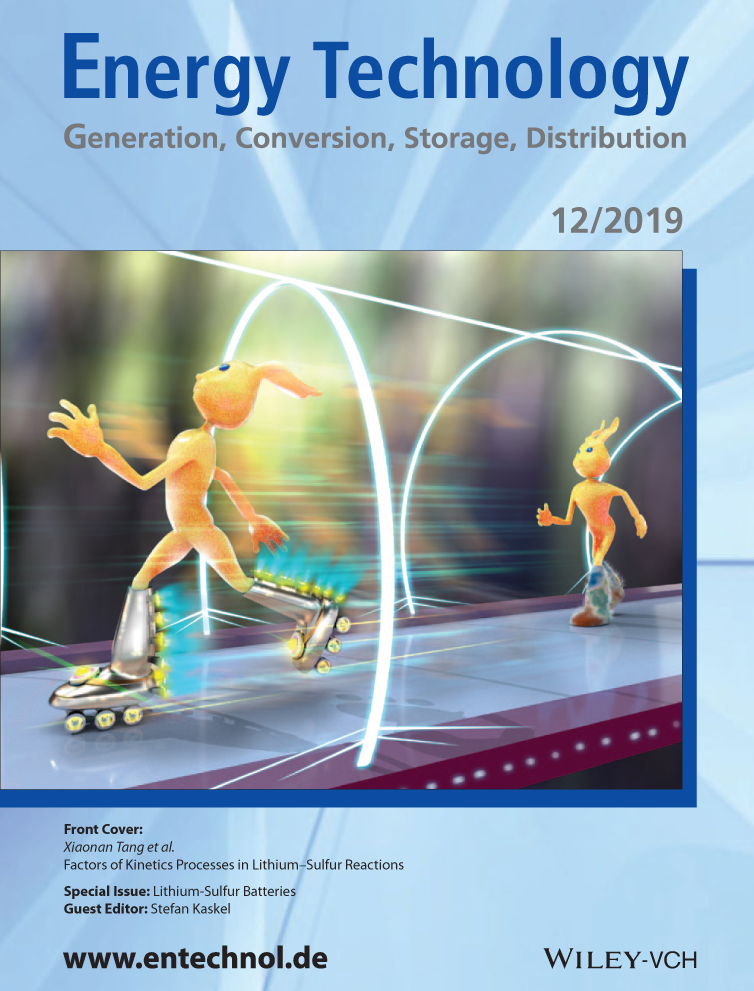A Facile Synthesis of Stable TiO2/TiC Composite Material as Sulfur Immobilizers for Cathodes of Lithium–Sulfur Batteries with Excellent Electrochemical Performances
Abstract
At the moment, sulfur immobilizers for lithium–sulfur batteries have been extensively studied. Herein, a facile synthesis of stable TiO2/TiC composite materials as sulfur immobilizers for cathodes of lithium–sulfur batteries is shown; the conductivity of TiC and strong adsorption of the Ti—O bond on sulfur in TiO2 are combined together to achieve excellent conductivity and effectively inhibit the shuttle effect of polysulfides. X-ray diffraction, scanning electron microscopy, and Raman spectrogram peak tests show that the TiC surface is successfully coated by a layer of TiO2 with a stable structure and excellent porosity. Physical and chemical adsorption of sulfur hosting with the TiO2/TiC composite material is formed by a hot-melting method. Electrochemical performance tests show that when the proportion of sulfur hosting is 55%, the cathode has better reversibility, lower charge transfer impedance, and higher lithium-ion diffusion rate. Charge and discharge results prove that the specific capacities are 1044.68, 870.62, and 696.06 mAh g−1 at 0.1, 0.2, and 0.5 C, respectively, and after 400 cycles, the capacity retention rate is over 50%. This proves that TiO2/TiC composite materials are well-suited to act as sulfur immobilizers for lithium–sulfur batteries.
Conflict of Interest
The authors declare no conflict of interest.




